Facade performance
High-Performance Façades: It’s What’s Outside that Counts
The Facade performance of the building is one of the most important components of the building. Some of the facade functions and factors influencing facade construction are summarized below:
Facade and protection
The most basic and even the first task that the facade took on was the task of protection. Humans have created a space called the house to protect themselves from atmospheric and climatic factors. The lack of holes in the building, although it prevented wind, rain, heat and cold, deprived the building of the necessary light and ventilation. The greater the need for these gifts, the greater the need to create a hole in the wall of the building, resulting in the need for another shell called a facade for further protection.
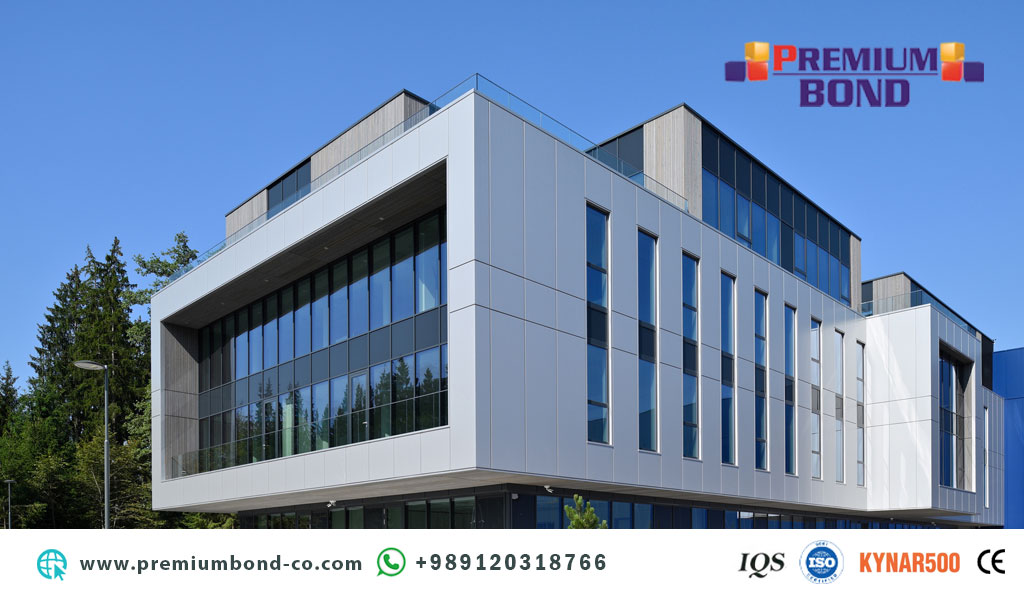
The facade of the building as a protector should have the following technical characteristics:
Insulation against cold, hot
Different building materials have different heat transfer coefficients and special heat capacity, and as a result, they will have different thermal performance. A successful facade system is one that combines beauty and energy efficiency. Having a view that has good thermal performance directly affects energy consumption, so in building facades, the use of materials that have a lower thermal transfer coefficient should be considered.

Insulation against sound
The facade of the building can act as an ideal sound insulation. Paying attention to this feature is especially important for buildings located in large industrial and commercial cities or along the transit route.
1-3- Earthquake resistance
1-4- Impact resistance
1.5- Frost resistance
1-6- Fire resistance
1-7- Resistance to fall
1-8- Flexibility in facade execution
1-9- Being light
1-10 Be applicable in high-rise buildings

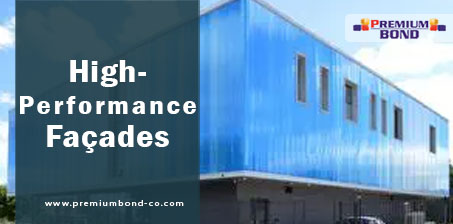
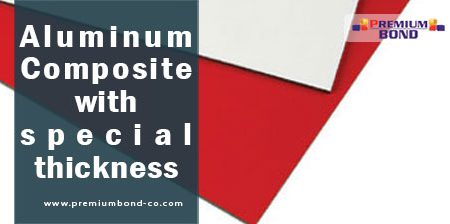

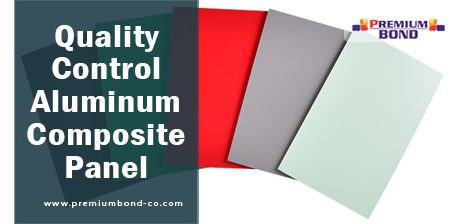
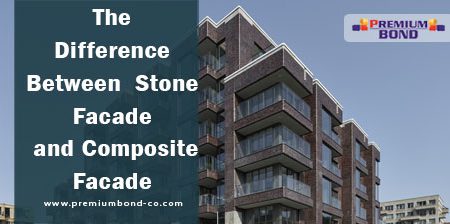
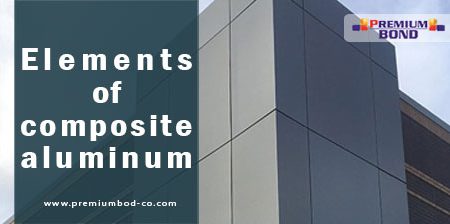
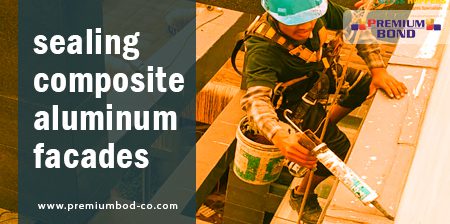
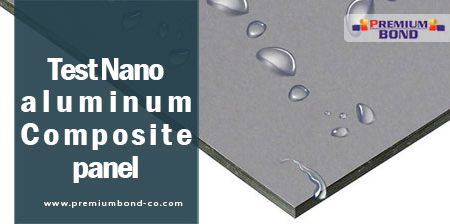
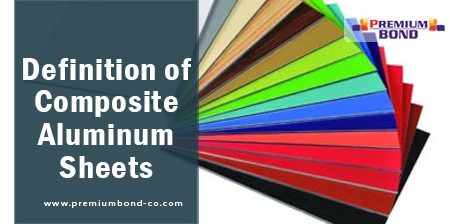
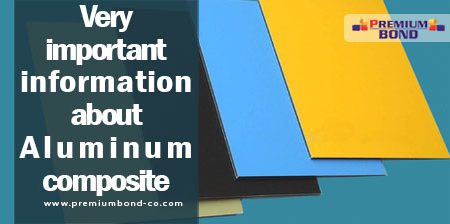
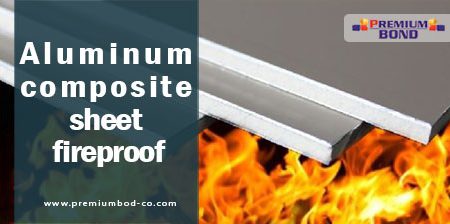
Leave a Reply